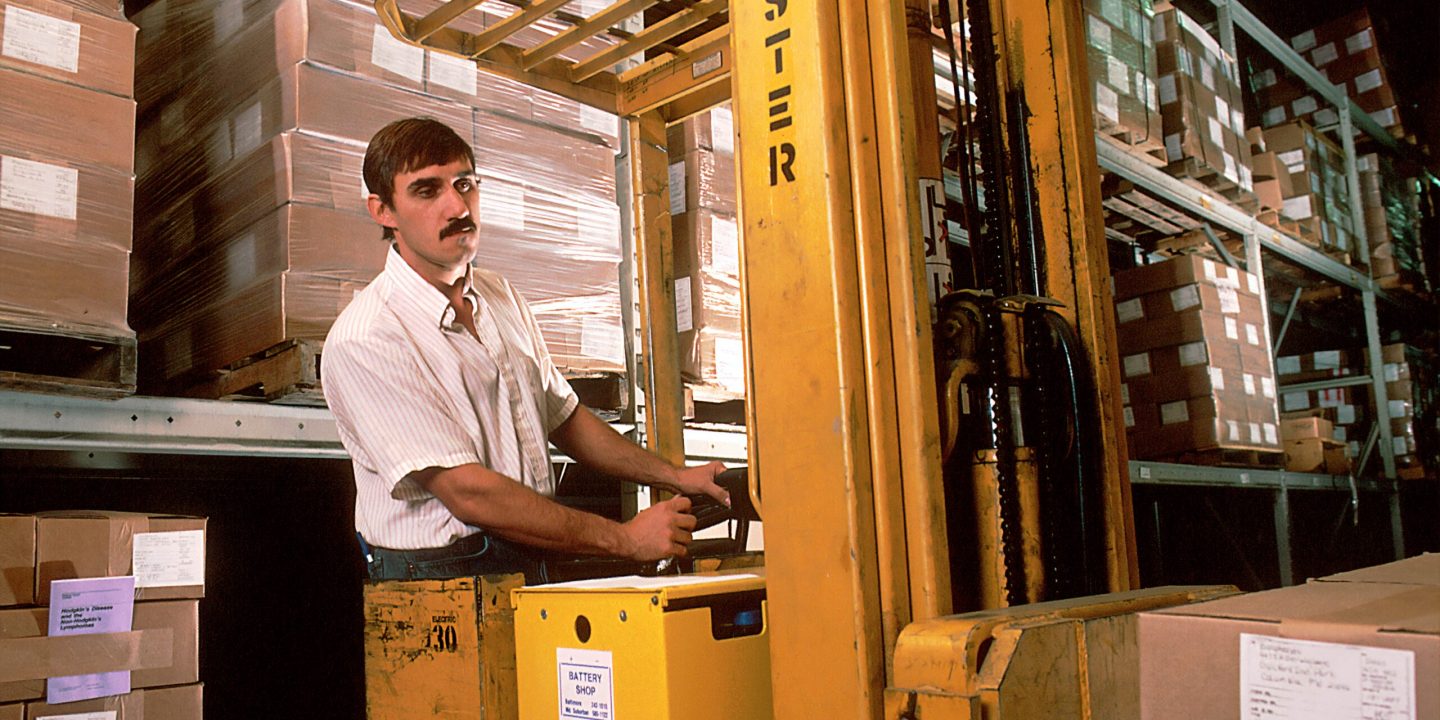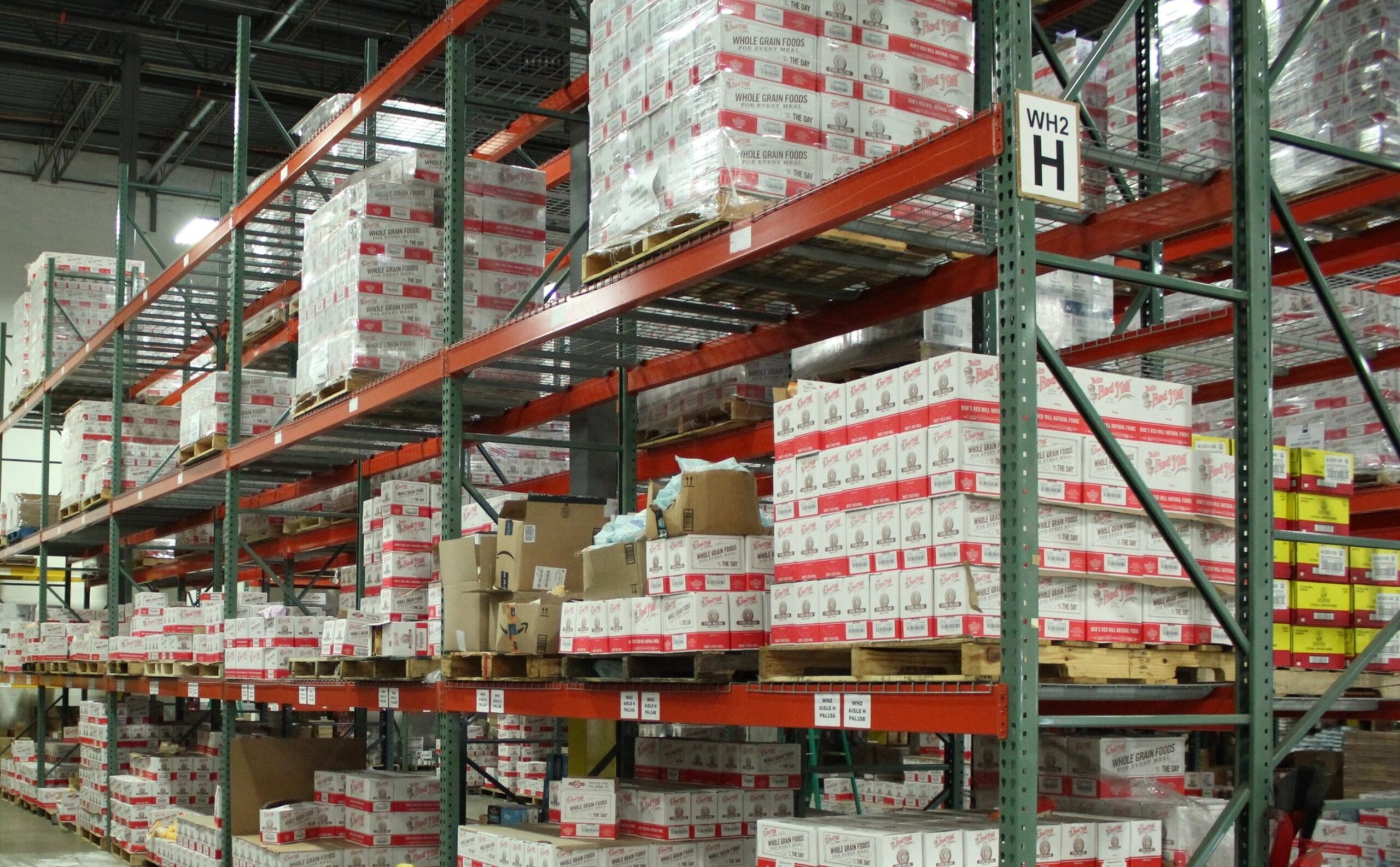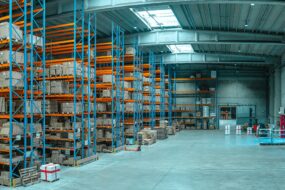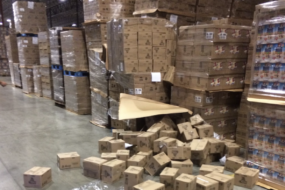Contents

Running a food business involves more than just creating delicious and innovative products. It also requires efficient logistics and distribution strategies to ensure that your products reach your customers on time and in good condition.
Two common options for food businesses are using third-party logistics providers (3PL) or distributors. In this article, we will explore the differences between 3PL and distributors for food products, and compare their advantages, challenges, and costs to help you make an informed decision for your business.
The main difference between 3PL and distributors
3PLs provide logistics services for companies, including warehousing, transportation, and inventory management, while distributors purchase products from manufacturers and sell them to retailers and end consumers.
3PL for Food Products
A third-party logistics provider (3PL) is a company that provides logistics services for businesses, including warehousing, transportation, and inventory management.
When it comes to food products, 3PLs can provide temperature-controlled storage and transportation, which is important for perishable items like fresh produce, dairy, and meats.
3PLs also offer flexibility and scalability, allowing businesses to adjust their logistics needs based on seasonality and demand fluctuations. Using a 3PL can also reduce overhead costs and increase efficiency, as businesses do not have to invest in their own warehouse and transportation infrastructure.
However, there are some challenges to consider when using 3PLs for food products. One of the biggest challenges is ensuring quality control and food safety throughout the supply chain. Businesses must ensure that the 3PL they choose has the proper certifications and procedures in place to maintain the quality and safety of their products.
Additionally, relying on a 3PL for logistics means giving up some control over the supply chain, which can make it challenging to monitor and respond to issues that may arise.
Some examples of 3PLs that specialize in food products include Americold, Lineage Logistics, and DHL Supply Chain.
Distributors for Food Products
Distributors are companies that purchase products from manufacturers and sell them to retailers and end consumers. When it comes to food products, distributors can help businesses reach a wider audience by leveraging their existing relationships with retailers and other distribution channels.
Distributors can also provide valuable insights into market trends and demand, helping businesses make more informed decisions about product development and marketing.
One of the biggest advantages of using distributors for food products is the control that businesses have over the supply chain. Businesses can work closely with distributors to ensure that their products are handled and stored properly, and that they are reaching the right audiences. Additionally, using a distributor can reduce the administrative burden of managing multiple relationships with retailers and other distribution channels.
However, using distributors for food products also comes with some challenges. One of the biggest challenges is cost, as distributors typically take a percentage of the sales revenue as their fee. Additionally, businesses must ensure that they choose a reputable and reliable distributor to maintain the quality and safety of their products throughout the supply chain.
Some examples of distributors for food products include UNFI, Sysco, and KeHE.
Comparison of 3PL and Distributors for Food Products
When it comes to choosing between 3PL and distributors for food products, there are several factors to consider:
- Cost: One of the most important factors is cost, as both 3PL and distributors come with fees that can impact profitability.
- Services provided: Additionally, businesses should consider the service offerings of each option, including temperature-controlled storage, transportation, and quality control procedures.
- Flexibility: Flexibility is another factor to consider, as businesses may need to adjust their logistics needs based on seasonality and demand fluctuations.
- Quality control and time to market: are also important considerations, as businesses must ensure that their products are reaching consumers in good condition and on time.
Conclusion
In conclusion, choosing the right logistics partner is essential for the success of a food business. While 3PLs and distributors offer different advantages and challenges, businesses must evaluate their specific needs and priorities to make an informed decision. By considering the cost, service offerings, flexibility, quality control, and time to market, businesses can choose the logistics partner that best fits their goals and objectives.
Whether using a 3PL or a distributor, businesses must prioritize quality control and food safety throughout the supply chain to ensure that their products reach consumers in good condition and on time. Ultimately, the right logistics partner can help businesses increase efficiency, reduce costs, and reach a wider audience, setting them up for long-term success in the competitive food industry.




